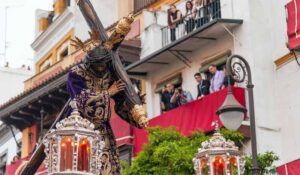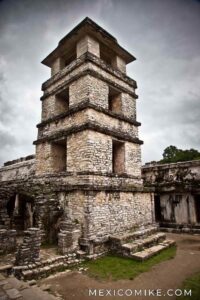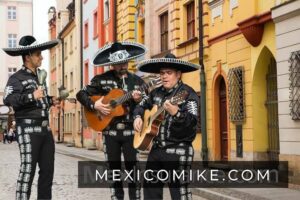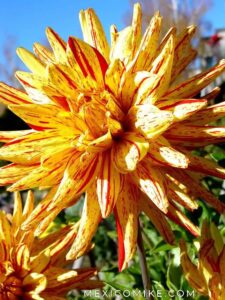Childhood of Miguel Hidalgo
Hidalgo was born in Mexico to Spanish parents. Although of Spanish blood, his class was subordinate to those Spanish actually born in Spain. Hidalgo was born in 1753, the eldest of four sons born to Don Cristóbal Hidalgo y Costilla and his wife Doña Ana María Gallaga. A Roman Catholic, Hidalgo’s father made sure his sons were well-educated. Miguel Hidalgo studied with the Jesuits and later in Mexico City where he learned Latin but also various indigenous languages. Hidalgo became an ordained priest in 1758. He taught and eventually became Dean of the Colegio de San Nicholas in Michoacan. His espousal of Enlightened ideas imported from Europe eventually led to his removal from this college and transfer to the Dolores parish.
Hidalgo’s ideas about the priesthood were certainly revolutionary for the times; he did not support the idea of clerical celibacy and fathered several children in his life. He had to appear before the Inquisition for his beliefs but they did not find him guilty. While in Dolores, Hidalgo often disregarded Spain’s class system and frequently socialized with Creoles, Mestizos, and Indigenous people.

From Dolores to the Road to Revolution
While in Dolores, Hidalgo dedicated himself to employing the local population in various forms of industry that would elevate their economic status. He taught the poor how to keep bees and grow grapes. He also founded brick-making and pottery factories to employ the indigenous people. These pursuits were in opposition to the Spanish government, however, and Hidalgo faced arrest as time went on. When drought hit Dolores and injustice became deplorable, Hidalgo called his now-legendary mass on September 16, 1810, which would become known as the Grito de Dolores. During this mass, Hidalgo called for liberty from bad government and called for people to leave their home to march with him for independence from Spain.
Miguel Hidalgo at War
During his march, Hidalgo’s army grew. Though largely an undisciplined rebel group with no military training, this army enjoyed early victories simply due to its size. The army, especially at the battle of Guanajuato, was unruly and brutal. Hidalgo has no military training as an army leader and years of oppression and hunger had made many of the rebels desperate to rid the land of the oppressor class. Hidalgo’s army was a powerful force. However, it had to retreat after it entered the Valley of Mexico with an eye toward Mexico City. Also, at this time, Royalist armies began to crush places like Guanajuato and Hidalgo’s troops began to face decimation. He went north with the hope of engaging U.S. support, but was captured and taken to the city of Chihuahua. There, Hidalgo suffered ex-communication and death by a firing squad on July 30, 1811, at the age of fifty-eight.

Legacy
Hidalgo is today as the Father of Mexico. Although he wasn’t able to achieve his dream of independence, his insurgency lit the fire for revolution. Mexico won its independence in 1821. Hidalgo is the precursor to the later heroes of the Mexican War for Independence. Today, Hidalgo lives on in paintings (most famously by the works of Diego Rivera) and statues that have become tourist attractions. Many travelers to Guanajuato make a point to visit the legendary place where Hidalgo first made his cry for independence.






